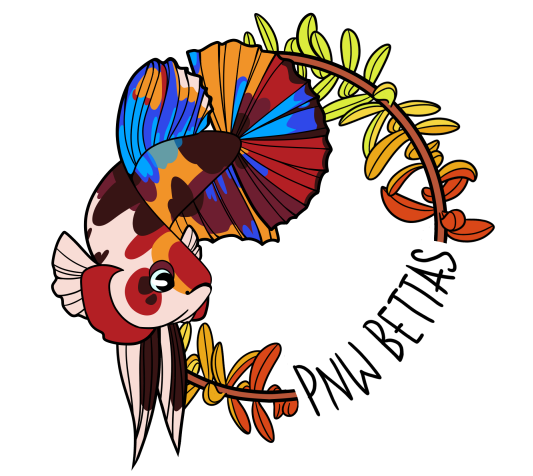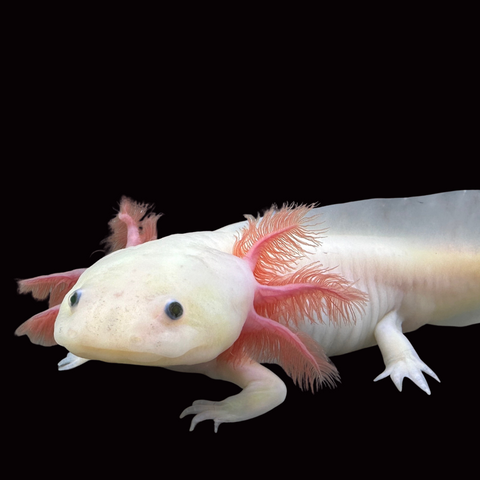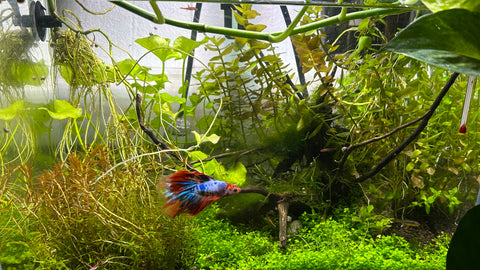Basic Axolotl Care Guide
Axolotls are unique and adorable creatures in the aquarium hobby! While they are fully aquatic, they are not fish at all, rather they are amphibians. Axolotls will require a specific tank setup and maintenance to ensure their health and well being.
Tank Size: A 30 tank is suitable for one axolotl, with an additional 10 gallons for each additional axolotl. Floor Space is far more important than volume, Having more length or width to your tank is preferred over height. Bigger aquariums are always going to require less maintenance to maintain water quality, therefor will always be recommended.
Substrate: Absolutely no gravel or rocks smaller than your fist. Axolotls can ingest small rocks which cannot be passed and can cause serious harm or death. Bare bottom or a very fine sand can be used as a substrate. Adhesive free tile or slate can also be used as a substitute to a loose substrate. Your axolotl should be 5”+ before going onto any loose substrate.
Filtration: Axolotls are sensitive to strong water flow, so choose a low-flow filtration system to prevent stress or injury.
Water Parameters: Maintain water temperature between 60-68°F (15-20°C), pH level approximately neutral,, and ammonia/nitrite levels at zero. Some individuals may require an aquarium chiller to maintain the colder water temps. These are quite expensive. Using a room AC unit or fan to blow across the water can help lower water temp as well,
Lighting:
Axolotls are sensitive to light, so provide subdued lighting or use a dim light source. Avoid direct sunlight as it can promote algae growth.
Feeding:
Axolotls are carnivorous and primarily eat live or frozen foods. Suitable food items include nightcrawlers, red wigglers, and pellets specifically designed for axolotls. Frozen bloodworms should be a treat only. Feed them 4-5 times a week, adjusting the quantity based on the axolotl's size and age.
Handling:
Avoid excessive handling, as axolotls have delicate skin and can easily become stressed. If necessary, gently support them under the body to prevent injury.
Tank Maintenance:
Perform regular water changes (20%-50% every 1-2 weeks depending on tank size) to maintain water quality. Siphon debris from the substrate during water changes. A turkey baster can also be used to spot clean.
Enrichment:
Axolotls are curious and benefit from simple enrichment. You can add PVC pipes, PVC fittings, or ceramic decorations for them to explore and hide in. Silk plants or real plants are recommended. If doing real plants keep in mind the colder water compatibility.
Health Care:
Monitor your axolotl's behavior, appetite, and overall appearance. If you notice any signs of illness (cloudy eyes, sores, unusual behavior), consult with a veterinarian experienced in amphibian care. Quarantine new axolotls before introducing them to an existing tank to prevent the spread of diseases. Please ensure you have access to a local vet before purchasing an axolotl. ARAV has a wonderful recourses for searching local exotic vets which can be found here.



Comments (0)
There are no comments for this article. Be the first one to leave a message!